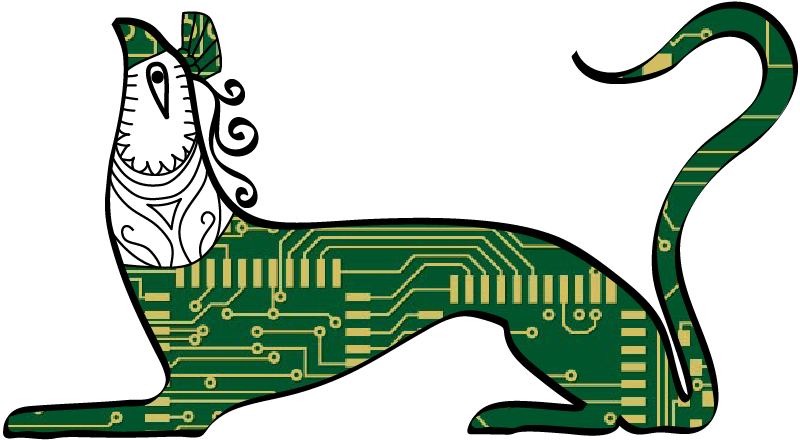46th International Mediterranean Survey Workshop
On 12-13 April 2024 the 46th International Mediterranean Survey Workshop was held in hybrid format in Athens. Further information is available at https://www.arch.uoa.gr/anakoinoseis_kai_ekdiloseis/proboli_anakoinosis/46o_diethnes_synedrio_international_mediterranean_survey_workshop/. Papers of interest to Nestor readers included:
K. Sbonias and G. Kordatzaki, “The Vrysinas mountain archaeological survey in Crete: Interpreting the Late Minoan IIIC refuge settlement landscape”
M. Gkouma, P. Karkanas, Y. Papadatos, T. Brogan, and C. Sofianou, “In search of a lost city: a geoarchaeological study of the Minoan habitation in the Ierapetra plain”
V. Samaras and Z. Papadopoulou, “Surveying an uninhabited island: Methodological questions, challenges, and perspectives in the intensive field survey of Rheneia (Cyclades, Greece)”
Y. Papadatos and C. Sofianou, “Archaeological “autopsies” in Greece: some thoughts on the basis of the results of two surface surveys in the area of Siteia, East Crete”
A. Katevaini, “Walking the fields with KoBoToolBox at hand”
K. P. Trimmis and L. Tzortzopoulou-Gregory, “Landscape biographies and insular surveys: The case of Australian Paliochora Kythera Archaeological Survey (APKAS)”
M.s Katsianis, “Curating and reassessing geospatial site survey data”
N. Galanidou, P. Tsakanikou, G. Beka, G. Iliopoulos, S. Kübler, A. Zoulia, and J. Tactikos, “The early Palaeolithic settlement of Lesbos: the off-site evidence”
K. Sporn, P. Kounouklas, and W. M. Kennedy, “The Kephissos Valley Project. Current Results and Future Perspectives”
A. Knodell, “Archaeological Lidar in Greece: A Summary of Recent Work”
L’iconographie cynégétique
On 22-26 April 2024 a colloquium entitled L’iconographie cynégétique dans les mondes anciens was held in Paris. Further information is available at http://www.arscan.fr/blog/colloque-liconographie-cynegetique-dans-les-mondes-du-22-au-24-avril-2024-anciens/. Papers of interest to Nestor readers included:
Q. Zarka, “Armes et chasseurs, la representation de la chasse dans la petite glyptique en Egée au cours du Bronze Récent”
E. Drakaki, “Beyond the Lion: The Hunt of Deer and Wild Boars in the Glyptic Iconography of Late Bronze Age Greek Mainland”
M. Cultraro, “I Dreamed a Lion, Indeed a Lioness! Reconstructing an Unknown Hunting Iconography in Mycenaean World”
L. Phialon, “La chèvre et le chien: une analyse des scenes de chasse sur les larnakes égéennes”
SOMA 2024
On 25-27 April 2024 the 25th Symposium on Mediterranean Archaeology (SOMA 2024) was held in Zadar, Croatia. Further information is available at https://www.icua.hr/najava/call-for-applications-soma-2024-xxv-symposium-on-mediterranean-archaeology/15. Papers and posters of interest to Nestor readers included:
A. Baldiran, “A Harbor of Güllük Bay and a Shipwreck”
A. Famprikatzi, “Small but gold: the flourishing mariners of Chryssi Island”
N. N. Köknar, “Paths in Visible Waterscapes: Milesia and the Maeander Valley during the Late Bronze Age”
S. Caggiano, “The underwater surveys by MPM Project in Cyprus (Limassol)”

